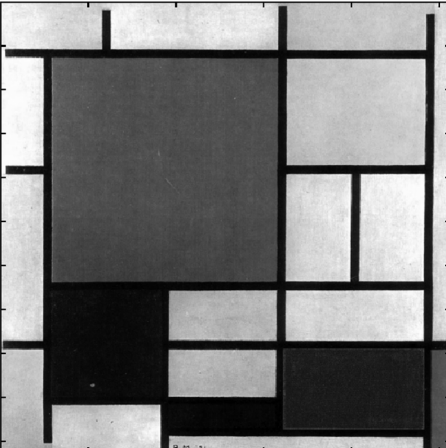| Authors: | D. L. Donoho, Y. Tsaig, I. Drori, J.-L. Starck |
| Journal: | IEEE |
| Year: | 2012 |
| Download: | IEEE |
Abstract
Finding the sparsest solution to underdetermined systems of linear equations y = Φx is NP-hard in general. We show here that for systems with “typical”/“random” Φ, a good approximation to the sparsest solution is obtained by applying a fixed number of standard operations from linear algebra. Our proposal, Stagewise Orthogonal Matching Pursuit (StOMP), successively transforms the signal into a negligible residual. Starting with initial residual r0 = y, at the s -th stage it forms the “matched filter” ΦTrs-1, identifies all coordinates with amplitudes exceeding a specially chosen threshold, solves a least-squares problem using the selected coordinates, and subtracts the least-squares fit, producing a new residual. After a fixed number of stages (e.g., 10), it stops. In contrast to Orthogonal Matching Pursuit (OMP), many coefficients can enter the model at each stage in StOMP while only one enters per stage in OMP; and StOMP takes a fixed number of stages (e.g., 10), while OMP can take many (e.g., n). We give both theoretical and empirical support for the large-system effectiveness of StOMP. We give numerical examples showing that StOMP rapidly and reliably finds sparse solutions in compressed sensing, decoding of error-correcting codes, and overcomplete representation.

